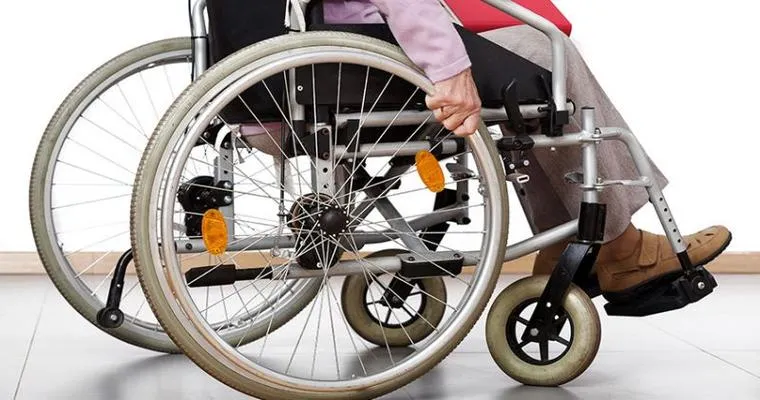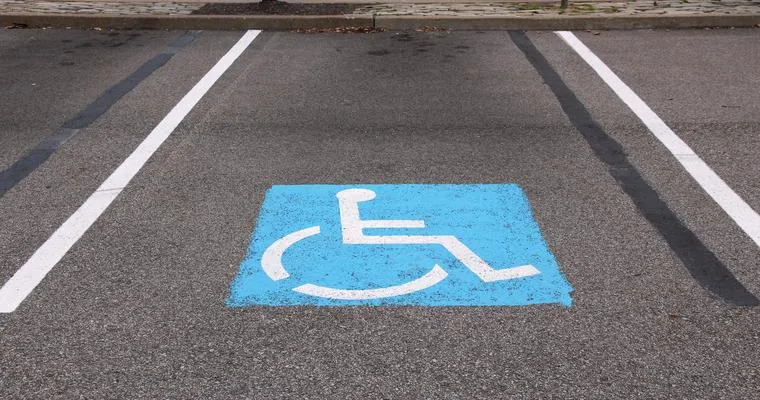Choosing the right "mobility aid" for a senior can significantly enhance their "independence" and "quality of life". With a variety of options available, it can be overwhelming to determine which mobility aid best suits the individual's needs. This guide will provide you with essential tips and expert advice on selecting the ideal mobility aid for seniors.
Understanding the Different Types of Mobility Aids
Before making a decision, it is crucial to understand the different types of mobility aids available. Some common options include:
1. "Canes": Ideal for those who need minimal support, canes provide stability and balance while walking.
2. "Walkers": Suitable for seniors who require more support, walkers are designed to be used while standing and walking.
3. "Rollators": These are walkers with wheels, making them easier to maneuver. They often come with a seat and storage, making them suitable for longer outings.
4. "Wheelchairs": For seniors who have severe mobility limitations, manual or electric wheelchairs provide the necessary assistance for getting around.
5. "Scooters": These are perfect for seniors who need help with longer distances but retain some level of independence.
Assessing Individual Needs
When choosing a mobility aid, it is essential to assess the senior's specific needs. Consider the following factors:
"Level of Mobility": Understand how much assistance the individual requires. Are they able to walk short distances independently, or do they need substantial support?
"Living Environment": Evaluate the senior's home and surrounding environment. Is it equipped with ramps, or are there stairs that might pose a challenge?
"Physical Health": Take into account any existing health conditions, such as arthritis or balance issues, which may influence the choice of mobility aid.
Consultation with Healthcare Professionals
Before making a purchase, consulting with healthcare professionals, such as doctors or physical therapists, can provide valuable insights. They can recommend specific mobility aids based on the senior's health status and mobility challenges. This professional advice ensures that the chosen aid is safe and appropriate for their needs.
Ensuring Comfort and Safety
When selecting a mobility aid, comfort and safety are paramount. Here are some aspects to consider:
"Adjustable Features": Look for aids that offer adjustable heights and features to accommodate the user’s comfort.
"Weight Capacity": Make sure the mobility aid can support the senior's weight without compromising safety.
"Easy Maneuverability": Choose a mobility aid that is easy to navigate, especially in tight spaces or crowded areas.
Trying Before You Buy
Whenever possible, encourage seniors to try different mobility aids before making a purchase. This hands-on experience allows them to determine which aid feels most comfortable and provides the best support. Many medical supply stores and rehabilitation centers offer trial periods for mobility aids.
Budget Considerations
Finally, consider your budget when selecting a mobility aid. While some options may be more expensive, it's essential to prioritize quality and safety. Look for aids that offer a good balance of affordability and functionality. Additionally, check if insurance or local programs can subsidize costs.
Conclusion
Choosing a mobility aid for a senior is a significant decision that requires careful consideration of their needs, preferences, and safety. By understanding the different types of mobility aids available and consulting with healthcare professionals, you can make an informed choice that enhances the senior's independence and overall well-being. Taking the time to evaluate comfort, safety, and budget will ensure that the selected mobility aid serves its purpose effectively.





